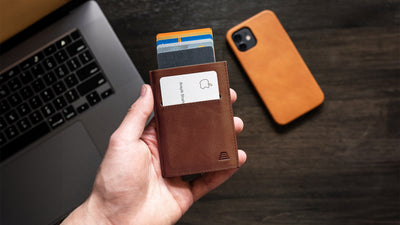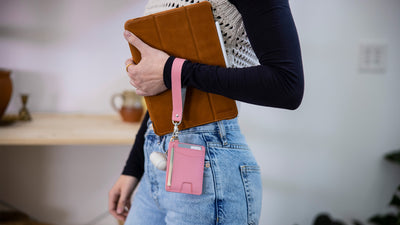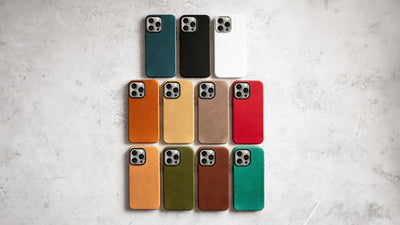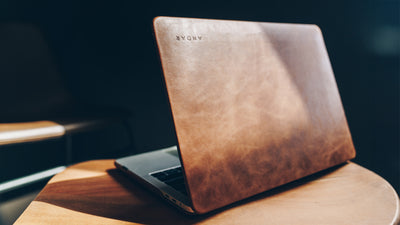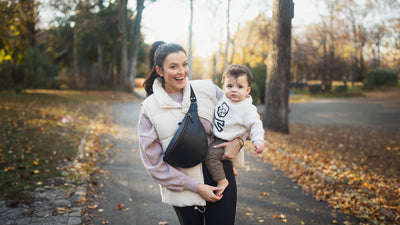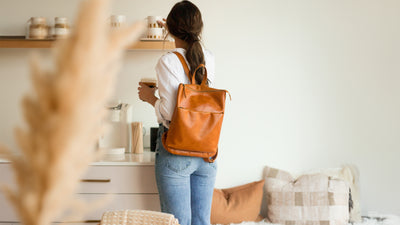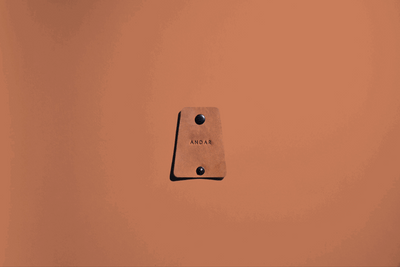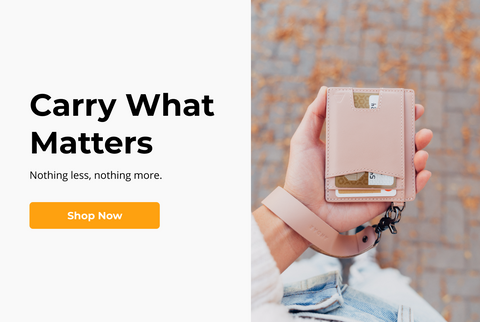The Blog
Keep Your Leather Soft With These Easy Ways To Soften Leather
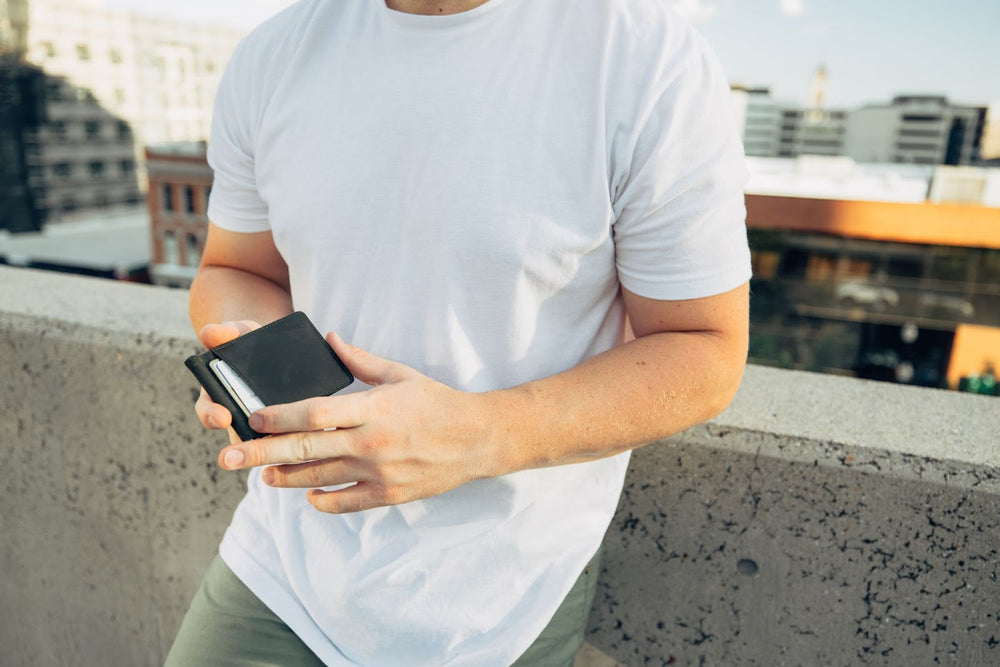
What descriptors would you normally associate with your favorite high-quality leather accessories, whether it's your favorite leather jacket or favorite pair of leather boots? “Durable” is definitely among the leaders. “Stylish” has to be a consideration with most pieces you have. “Aromatic” may get overlooked, but it’s one of the first things anyone notices in a new piece of leather--how good it smells. Some leathers are described as “soft.” The “soft” cushions on your leather couch, a “soft” wallet that is still durable, a “supple” shoe with a “stylish” edge--these are all potential descriptors of the highest quality leather goods.
When you think about your favorite leather garments and accessories, you probably don’t think of words like “worn,” “tacky,” or “plastic”--but you’d be surprised. “Worn” is a constant negative word associated with old, stiff leather. “Tacky” could also be attached to some pieces of leather you get from cut-rate leather. Some leather can also be considered “plastic-feeling,” which is a big turn-off to consumers. Who wants to feel like they are putting plastic on the same wrist as their high-end watch?
However, one of the biggest complaints about bad leather or old leather is that it is hard, dry, and stiff. Not only is it uncomfortable on the skin, but it is also more prone to being damaged. Leather remains popular for its durability and style and dry, hard leather is not either of these.
The leather experts at Andar are here to offer some tips and tricks for keeping your leather soft, keeping it from cracking, and keeping it from wearing prematurely. Let’s get started.
Understanding Why Leather Dries Out
Before beginning, it’s helpful to have an understanding of what causes leather to dry out. When researching how to fix something, you have to know why it’s broken. So, here are some factors to consider when preventing the leather from drying out or hardening:
- Heat
- Moisture
- Exposure to sunlight
-
Use of harsh chemicals
Leather is manufactured in a dynamic environment with a combination of chemicals and heat, which changes the leather’s chemical composition. Heat is the single biggest reason for leather hardening. If you’re consistently putting your leather in heat, either natural or artificial, it will dry out. Rapid temperature changes also cause the leather to eventually dry it out.
You can imagine a leather belt on the typical arctic lumberjack. As he begins his day, the belt is in the warm, fire-heated log cabin and has had a whole night of relaxing by the fire and stretching out a bit. Suddenly, it is thrust into the cold wind and stark snow of the arctic. The full night of heat now works against it as it tenses up and becomes much harder to keep the cold out (leather, after all, is a treated type of skin).
As the lumberjack swings his ax, the belt heats up from friction. It then comes back home at the end of a long day and begins its process of stretching back out. This back and forth will cause the leather to wear and dry out more quickly. Definitely not the same type of “wear and tear” you might see on leather from the purse of, say, an actress who regularly shops in Beverly Hills.
Likewise, harsh chemicals will change the chemical makeup of the finish on your leather. This isn’t necessarily permanent damage, but it is changing the chemical composition of the new leather. The chemicals you use during cleaning and upkeep will impact how quickly your leather wears or dries out. Thinking of leather as a type of skin will help you understand what exactly causes it to dry out and harden. If you wouldn’t do it to your own skin, don’t do it to your leather.
Assessing Your Type of Leather
We won’t get into all the details about types of leather, what they’re used for, and how to care for them. Like with any repair or upkeep guide, we want you to carefully assess the type of leather you’ll have to soften and care for.
To start, ask yourself what you’re using the leather for. If it’s for manual purposes, like sharpening knives or using on your toolbelt, it’s possible you don’t need to soften your leather much. Instead, you may need to focus on protecting your leather goods, which would have a few different tips and tricks to help in that journey. If you’re looking to soften leather shoes, consider that shoes generally have their polishing and treating products specialized to the particular wear and tear that leather shoes go through. Any leather will react well to the treatments given here, but some will respond very well to special softening treatment.
How to Soften Leather
There are a number of ways to soften your leather. Here are some tried-and-true products for keeping leather supple and feeling new:
- Leather conditioner
- Leather milk
- Natural oils
- Mink oil
- Coconut oil
- Vaseline or other brand of petroleum jelly
- Avocado oil
- Olive oil
- Neatsfoot oil
Each of these products can be used to treat leather surfaces, but always start with a small amount on a clean cloth. Test the product on a leather item that's already seen a fair amount of wear and tear so it's no big deal if there's any kind of adverse reaction.
For the best treatment of leather products, take a look at our Andar Leather Cream. Made from all-natural ingredients, including triple-filtered beeswax, blended seed oils, and naturally occurring lipids, it’s imperative for maintaining your Andar full-grain leather products and keeping them in the softest condition.
Sources:
3 Ways to Soften Leather Shoes, Jackets, Belts, Bags, Wallets - Tips and Cases
How to Prevent Sun Damage to Leather Upholstery | FibreNew.com
7 Tips To Ensure Your Leather Lasts A Lifetime - How To Treat Leather | RealMeanRealStyle.com
